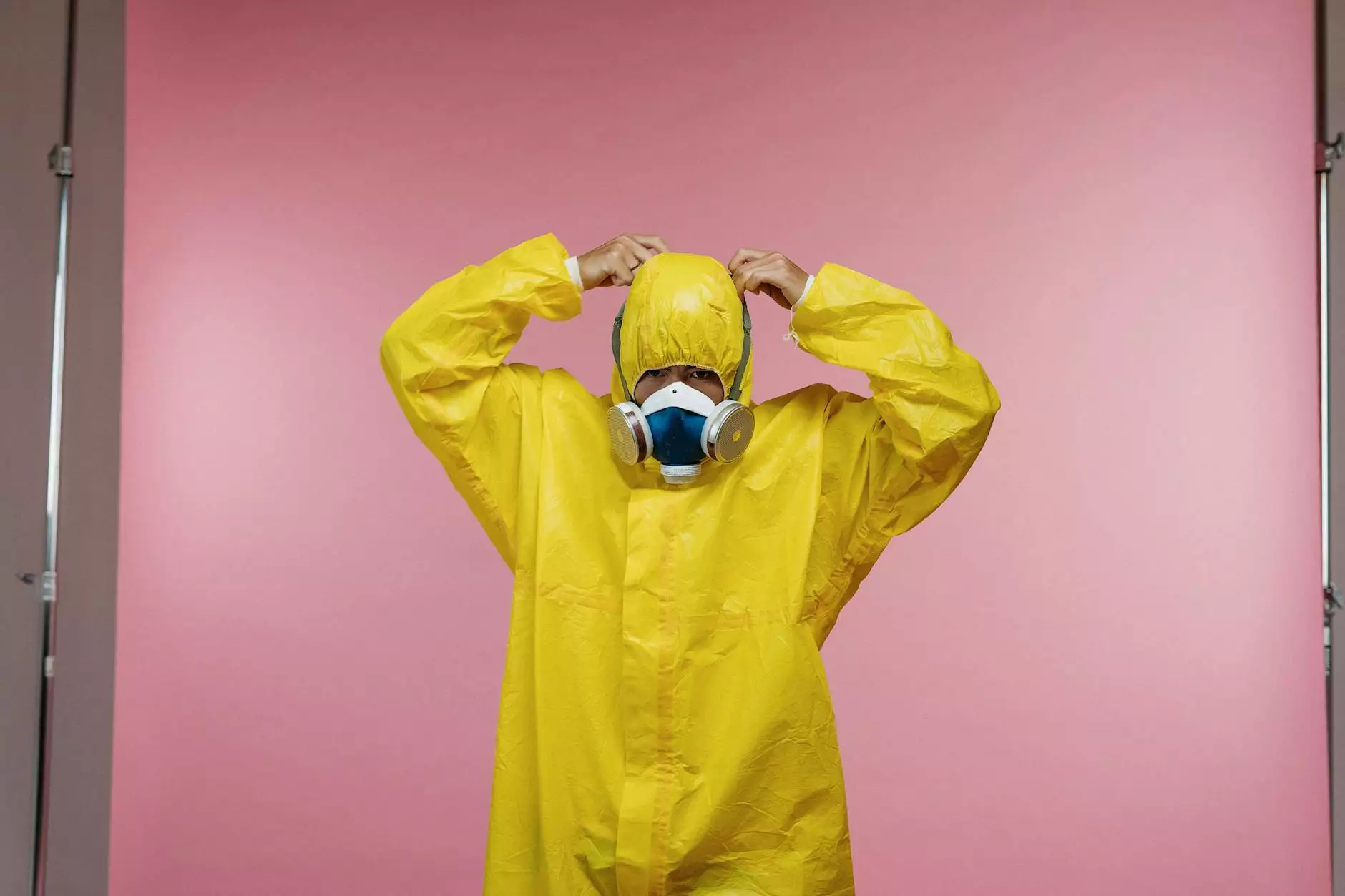Lung Cancer in Non-Smokers: Understanding the Causes and Implications

Lung cancer is often associated with smoking; however, non-smokers can also develop this life-threatening disease. The rising incidence of lung cancer in non-smokers has emerged as a significant concern in the medical field. This article aims to delve into the various causes behind lung cancer in non-smokers, discussing how these factors contribute to the disease's development and what steps individuals can take for prevention.
What is Lung Cancer?
Lung cancer is defined as the uncontrolled growth of abnormal cells in one or both lungs. When these cells grow uncontrollably, they form tumors that can interfere with lung function and lead to various health complications. There are two main types of lung cancer:
- Non-small cell lung cancer (NSCLC): This is the most common type, accounting for about 85% of lung cancer cases.
- Small cell lung cancer (SCLC): Less common but more aggressive, often linked to heavy smoking.
Rising Cases of Lung Cancer in Non-Smokers
The alarming increase in lung cancer cases among non-smokers highlights the need for comprehensive research into this phenomenon. According to the American Lung Association, non-smokers comprise an estimated 20% of lung cancer cases. Given that many people believe smoking is the primary cause of lung cancer, understanding the causes for non-smokers is crucial.
Common Causes of Lung Cancer in Non-Smokers
Several factors contribute to the development of lung cancer in individuals who have never smoked. These factors can be biological, environmental, or lifestyle-related. Let's discuss some of the most common causes:
1. Radon Exposure
Radon is a naturally occurring radioactive gas that can accumulate in homes, particularly in basements and poorly ventilated areas. According to the U.S. Environmental Protection Agency (EPA), radon exposure is the second leading cause of lung cancer in the United States, contributing to thousands of cases annually among non-smokers. Testing for radon levels in your home is essential to mitigate risks.
2. Asbestos Exposure
Asbestos is a fibrous mineral once commonly used in construction and insulation materials. While its use has been largely banned today, many buildings still contain it. Asbestos exposure significantly raises the risk of developing lung cancer, especially for those with prolonged exposure, such as construction workers or individuals residing near asbestos mines.
3. Air Pollution
Air quality has a considerable impact on lung health. Particulate matter, often found in urban areas, as well as emissions from vehicles and industries, raises the risk of lung cancer in non-smokers. Several studies have linked long-term exposure to air pollution with an increased incidence of lung cancer.
4. Secondhand Smoke
Even if a person has never smoked, exposure to secondhand smoke poses significant health risks. Studies indicate that non-smokers living with smokers have a higher chance of developing lung cancer compared to their smoking counterparts. The toxic substances in secondhand smoke can lead to cellular damage and mutations over time.
5. Genetic Factors
Genetics play a crucial role in predisposing individuals to lung cancer. Certain genetic mutations can increase susceptibility to lung cancer, regardless of smoking history. Familial clustering of lung cancer cases in some families also suggests a hereditary component that necessitates further investigation.
6. Occupational Hazards
Workers in specific industries, such as mining, construction, and manufacturing, are regularly exposed to carcinogenic substances that can lead to lung cancer. Additionally, those exposed to chemicals like benzene, formaldehyde, and other hazardous materials during their employment can increase their risk for lung cancer.
Understanding the Symptoms of Lung Cancer
Early detection of lung cancer in non-smokers can significantly enhance treatment outcomes. It is crucial to recognize the symptoms associated with lung cancer, which may include:
- Persistent cough: A cough that does not go away or worsens over time.
- Breathing difficulties: Shortness of breath or wheezing that is unusual for the individual.
- Chest pain: Pain that can be sharp or dull, exacerbating while laughing, coughing, or breathing deeply.
- Unexplained weight loss: Sudden weight loss without changes in diet or exercise.
- Coughing up blood: Any amount of blood in cough should be evaluated immediately.
Preventive Measures for Non-Smokers
Awareness of the various causes of lung cancer in non-smokers is the first step toward prevention. Here are some effective measures non-smokers can take to reduce their risk:
Avoiding Environmental Hazards
To minimize exposure to harmful elements:
- Test your home for radon and implement remediation strategies if levels are high.
- Use protective gear if working in environments with known carcinogens.
- Avoid areas with heavy industrial pollution.
Quit Secondhand Smoke Exposure
Non-smokers should take action to protect themselves from secondhand smoke. This can mean:
- Encouraging friends and family members to quit smoking.
- Avoiding public places where smoking is permitted.
- Creating a smoke-free home environment.
Regular Health Check-Ups
Regular screening for lung cancer, especially for those at higher risk, can facilitate early detection and intervention:
- Discuss any health concerns with a healthcare provider.
- Consider low-dose CT scans if advised based on personal risk factors.
- Get timely vaccinations, like flu and pneumonia vaccines, to support lung health.
Maintain Overall Lung Health
Practicing a healthy lifestyle can enhance lung function and overall health:
- Adopt a balanced diet: Consume plenty of fruits and vegetables, which are rich in antioxidants.
- Engage in regular physical activity: Exercise improves respiratory health and immune function.
- Stay hydrated: Proper hydration supports mucous membranes and helps maintain healthy lungs.
The Importance of Supporting Research and Awareness
Research and awareness efforts are crucial in combating lung cancer in non-smokers. Increased funding for scientific research focused on non-smoker lung cancer can lead to groundbreaking discoveries and innovative treatment options. Moreover, awareness campaigns educate the public about the risk factors associated with lung cancer, prompting individuals to take preventive measures.
Conclusion
While smoking remains a primary cause of lung cancer, non-smokers are also at risk due to various factors. Understanding the potential causes, recognizing symptoms, and adopting preventive strategies can significantly reduce the risk of lung cancer. If you or someone you know is facing lung cancer challenges, do not hesitate to seek guidance from healthcare professionals. Together, we can work towards a healthier future free from the shadows of lung cancer.
For more information and expert assistance, visit neumarksurgery.com.
lung cancer in non smokers causes








